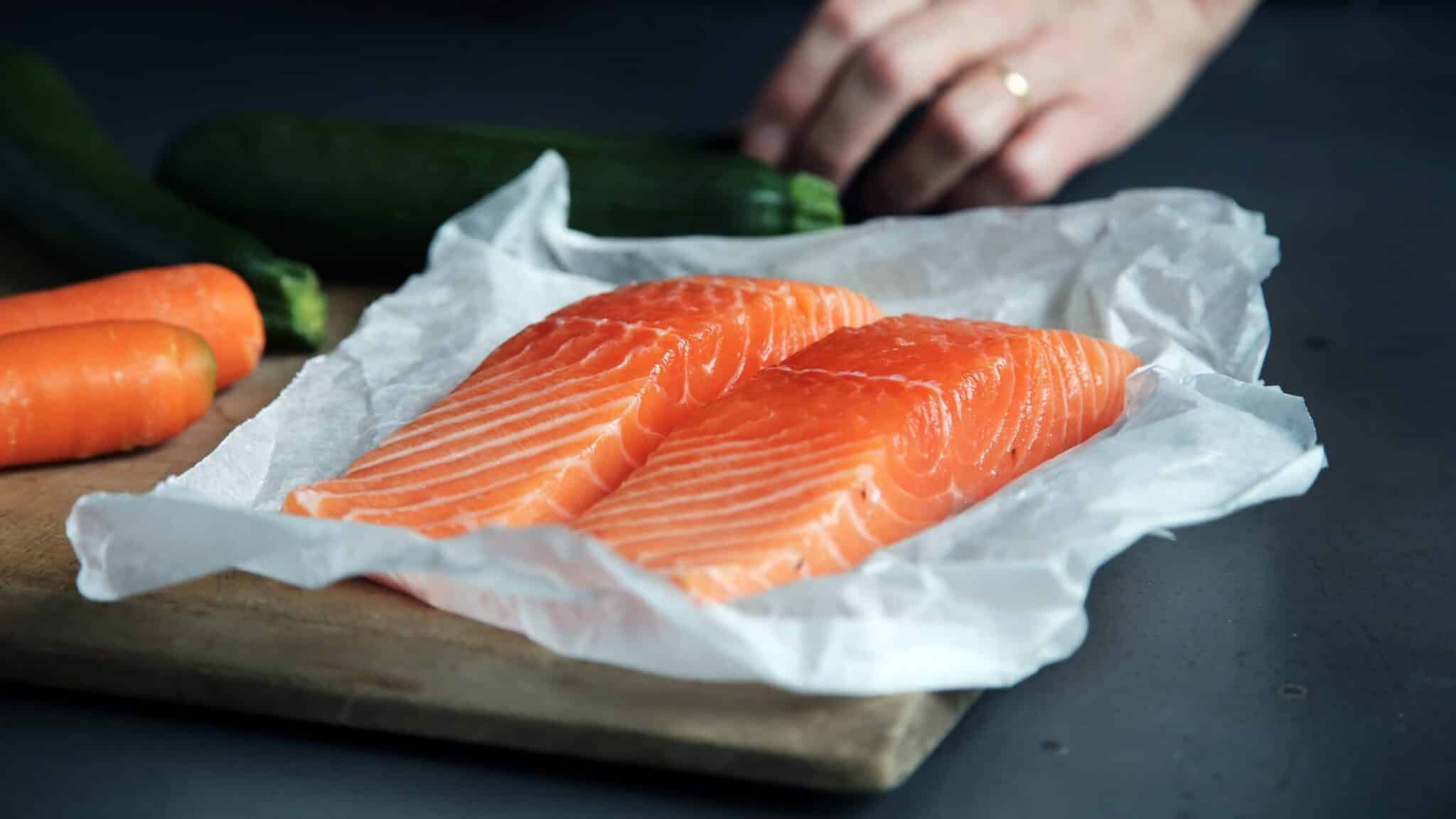
When examining the pros and cons of wild-caught vs. farm-raised fish, there’s a lot to consider. From concerns about nutrition and contaminants to environmental impact and sustainability, the issue is complex, and perspectives vary. While there is no clear-cut answer on which option is better, both fishing methods have advantages and disadvantages.
The Difference Between Wild-Caught and Farm-Raised Fish
Wild-caught fish are caught in their natural habitats of rivers, lakes, oceans, and ponds. Fishermen use various equipment to catch fish, such as long nets, trawls, and hand lines. The method used depends on the type of fish being caught.
Farm-raised fish are raised inside pens commercially built into lakes, oceans, rivers, or large tanks. Fish farms, or aquacultures, were developed to create a source of protein that is less expensive and more available to consumers. Over 50% of the fish consumed in the world are farm-raised. Due to demand from a growing population, that number is expected to increase over time.
Which is Better: Wild-Caught vs. Farm-Raised?
Wild-caught fish may seem like the obvious choice, but each fishing practice has pros and cons. The most common topics that raise concern when comparing wild-caught vs. farm-raised fish are nutrition, contaminants, environmental impact, and sustainability. Factors such as the type of fish, catch location, and seasonality also play a role.
Nutrition
For the most part, wild-caught and farm-raised fish are nutritionally equivalent, but it can depend on the type of fish. Farm-raised Atlantic salmon, for example, often contain more omega-3 fats than its wild-caught counterpart. This is largely attributed to diet – farmed fish usually contain more fat due to their food. However, it’s important to note that not all fish farms follow the same feeding regime.
Contaminants
Mercury can be a concern when eating large amounts of wild-caught fish such as swordfish, shark, or tuna. Still, smaller wild and farm-raised fish naturally contain lower chemical levels, which originates from air pollution. Since the U.S. is more strict with fish farm safety regulations than most other countries, contaminants such as hormones and antibiotics are prohibited in farm-raised fish, and routine inspections are conducted to ensure there is no presence of pollutants.
Environmental Impact and Sustainability
Many consumers are concerned about the impact of fish farming practices on the ecosystem, as some aquacultures have been responsible for destroying habitats that coexist with the facility. However, wild-caught fishing methods have also been shown to have negative environmental consequences – certain types of netting can destroy natural habitats on the ocean floor and trap other fish, mammals, and ocean life.
Thankfully, U.S. regulations are changing, and new laws are being made to put more sustainable fishing practices into place. Aquaculture facilities are legally obligated to preserve neighboring marine ecosystems and prioritize environmental health. Sustainable aquaculture is a fast-growing industry contributing significant value to the Maine economy.
What to Look for When Buying Fish
Labels
In 2005, the USDA required all retailers to provide customers with information about the source of certain foods. Fish and shellfish must have a label that states if it’s wild-caught or farm-raised and its country of origin. If the fish were imported and purchased at a local supermarket or grocery store, it might not be easy to find out exactly where it came from by looking at the label. In this scenario, it may help to talk to an employee or visit a specialty fish market instead.
Freshness
Fresh fish should smell like the place it came from, whether that’s an ocean, lake, or river. If a noticeable “fishy” smell is present, there’s a good chance the fish is old or hasn’t been cleaned properly. Whole fish should have shiny eyes, metallic scales, and vibrant red or pink gills. If buying frozen fish, ensure the packaging is sealed tightly, and the fish is as cold as possible.
Knowledgeable Salespeople
Whether you shop for fish at a local supermarket, specialty store, private distributor, or wholesale retailer, any reputable vendor should be able to provide information about the origin of wild-caught or farm-raised seafood and how it was sourced or raised. Ask questions – the best seafood comes from people who are open, honest, and passionate about what they do.
Responsibly-Sourced Maine Seafood
At Klenda Seafood, we catch seafood directly from Maine waters and partner with sustainable fisheries. From the best Maine lobster to whole fish and fillets, our seafood options are high quality, fresh, and traceable. Contact us to learn more about our commitment to sustainable seafood.
